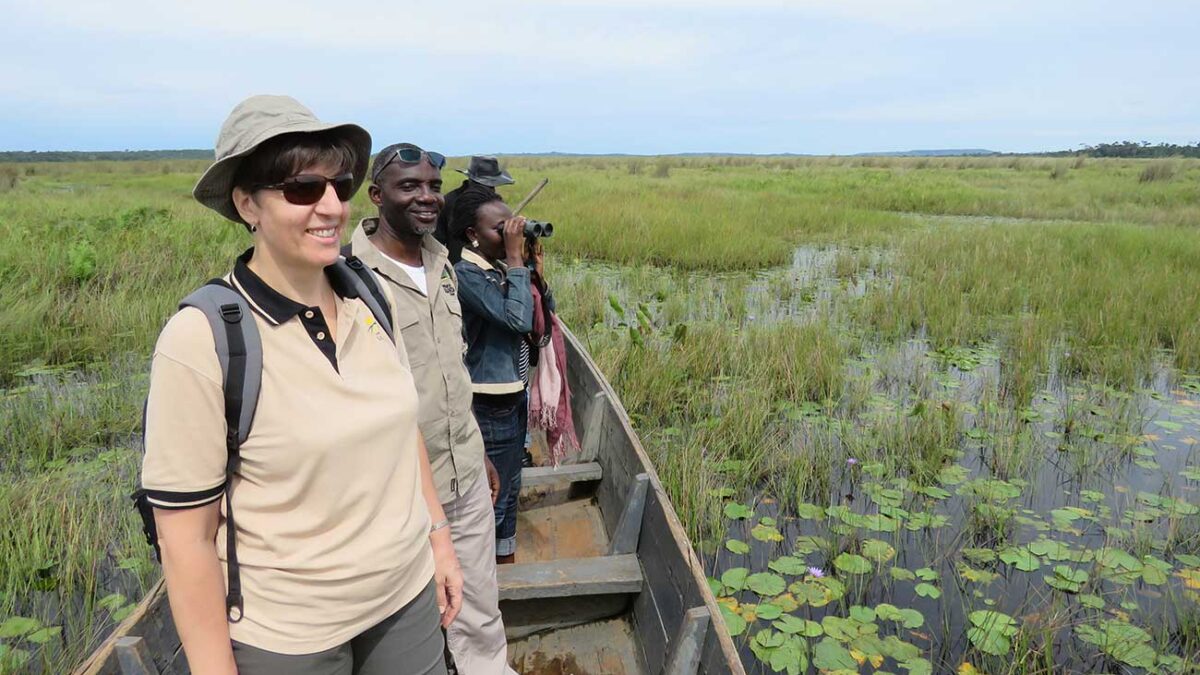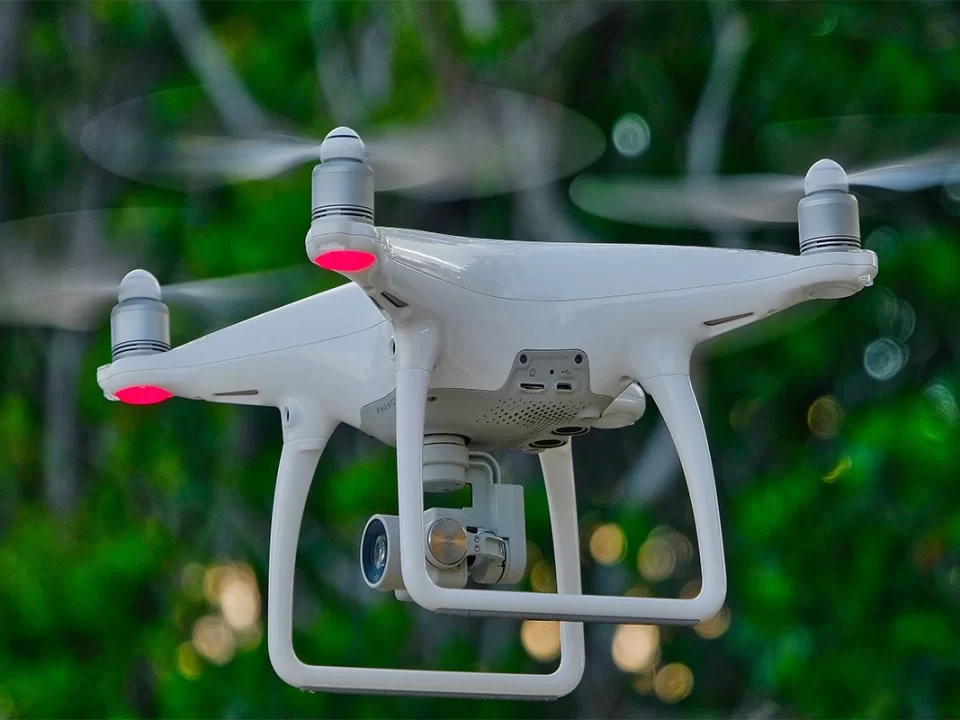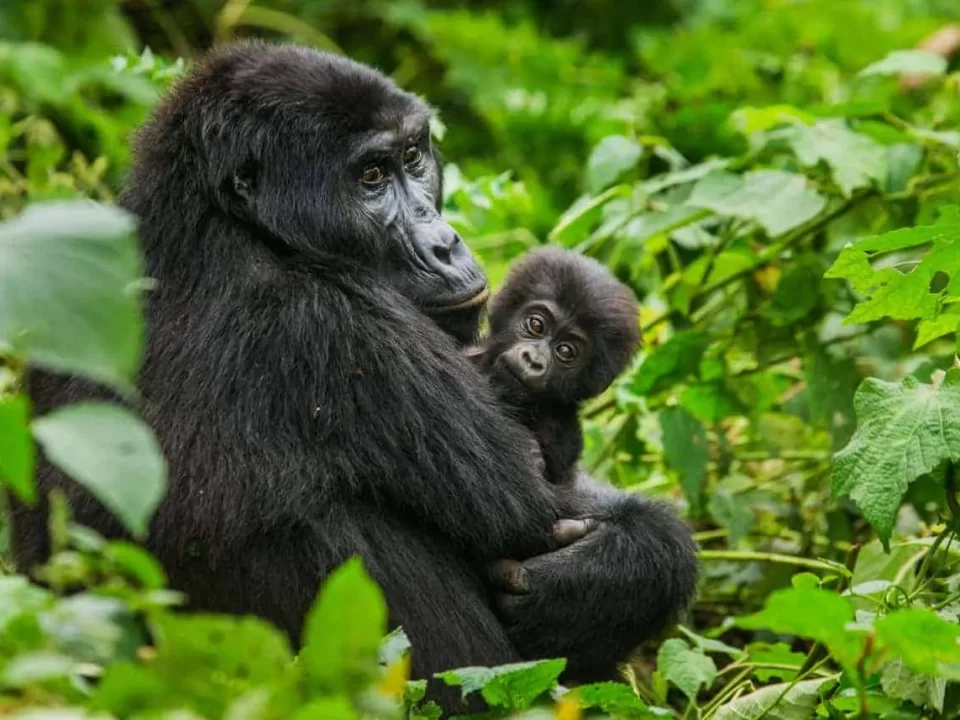Mabamba Swamp in Uganda

Mabamba Bay Swamp in Uganda
January 11, 2024
What country is Mount Nyiragongo Volcano located in?
January 11, 2024Mabamba Swamp in Uganda: Captivating Shoebill Day Trips from Entebbe
Discovering Mabamba Swamp in Uganda – Mabamba Swamp, nestled on the scenic shores of Lake Victoria in Uganda, stands as a testament to the historical and picturesque beauty of this wetland. This waterlogged haven, adorned with a plethora of bird species, unfolds its wonders to visitors, with the elusive shoebill stork taking center stage. The local community’s unwavering commitment to preserving Mabamba Swamp has fueled tourism activities, benefiting both the region and birding enthusiasts. As part of the community-driven initiatives, boats are provided for excursions to Busi Island, offering guided tours for a glimpse of the unique shoebill stork, complete with complementary life jackets upon request.
Embarking on a boat tour at Mabamba Swamp unveils a mesmerizing journey lasting approximately three hours. Traditional canoe boats gracefully navigate the narrow channels of this expansive wetland, creating an immersive experience as you seek out the elusive shoebill stork and other rare avian wonders dwelling within the wetland.
The Enigmatic Shoebill Stork – A Majestic Water-Dwelling Species
Also known as the whale-headed stork, the shoebill stork is a remarkable avian species characterized by its large, shoe-shaped bill. With an overall stork-like form, the adult shoebill stork boasts a predominantly grey plumage, while juveniles exhibit browner hues. This awe-inspiring bird finds its habitat in the vast swamps of East Africa and Zambia.
How to get to Mabamba Swamp/Wetland from Entebbe or Kampala
By Boat: The seamless transfer from Nakiwogo landing site in Entebbe to the island’s edge via a motorized canoe boat marks the easiest route. Upon arrival, an island guide joins the exploration, guiding visitors through the swamp in pursuit of the captivating shoebill stork.
By Road: For those opting to drive, the scenic route unfolds via the Kisubi – Nakawuka Road, turning at Kasanje. This approximately two-hour drive from Kampala or Entebbe presents a popular yet cost-effective choice for navigating to Mabamba Swamp Bay.
The History of Shoebill Storks in Mabamba Swamp and the Local Fishermen’s Tale
Mabamba Swamp’s abundance of lungfish, a favored food source for shoebills, also attracts local fishermen. However, a superstition among fishermen, associating the sighting of a shoebill (locally known as ‘Bulwe’), with a poor catch, led to the hunting and killing of these majestic birds. This detrimental practice nearly pushed shoebills to extinction in the wetland. The designation of Mabamba Swamp as a Ramsar site in 2006 offered some protection. However, the tide turned with the rise of birdwatching tourism. Fishermen, now enlightened, rent out their boats to birdwatchers, fostering a coexistence that benefits both parties. Some fishermen have even been trained in birding and guiding, actively contributing to the conservation of shoebills. Today, an estimated 12 shoebills call Mabamba wetland home.
The optimal time to spot shoebills in Mabamba Swamp is early morning, around 7 am, before heightened fishing activity begins.
Diverse Bird Species at Mabamba Wetland
Mabamba wetland is a haven for various bird species, including but not limited to African Fire Finch, African Fish Eagle, African Green Pigeon, African Hoopoe, African Jacana, and African Marsh Harrier. The wetland’s rich biodiversity also attracts Glossy Ibis, Goliath Heron, Great Blue Turaco, and many others.
Choosing the Best Time for a Mabamba Swamp Visit
Accessible year-round, Mabamba Swamp is especially enchanting during the dry months when water levels recede, providing optimal feeding spots and shorter grass. These favorable conditions prevail from June to September and December to February.
Essentials for a Mabamba Swamp Tour
As open canoe boats are employed during swamp tours, travelers are advised to carry essentials such as sunscreen, a rain jacket, a hat, drinking water, a rain-protective camera cover (in case of rain), and spare batteries. For an unforgettable boat trip in search of the shoebill stork in Mabamba Swamp, reach out to Trek Africa Expeditions, your trusted partner in crafting remarkable experiences.




